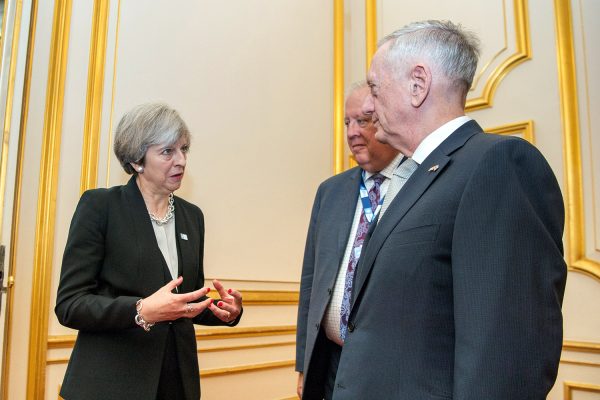
Given the vote share Labour has accrued in England under Jeremy Corbyn, ideas from Britain’s mid- to late-twentieth century are once again mainstream — and they pose an ideological challenge to the liberal consensus that is in many ways deeper than last year’s vote to leave the EU.
Thursday’s election saw a one-nation-ish Conservative government face off against the most left-wing Labour Party in generations — both the left-wing elements of their parties, so to speak. The center ground thus shifted to the left, not just between cosmopolitanism and isolationism, but between different appraisals of the role of the state.
When you talk to young people, the sense you get is that they didn’t vote for Labour for its (worryingly statist) policies so much as the optimism and clarity of its campaign: the government will do this for you, it will give you those things and they will be good things.
The Conservative Party needs to sort its message out, clearly, but it also needs to clarify the foundation on which that message is based and the benefits of that foundation.
Whatever “Mayism” could have been, it didn’t bring in the goods. It feels like a half-measure between Thatcherite and one-nation conservatism.
For now, the traditional Tory base, Ruth Davidson in Scotland and former United Kingdom Independence Party voters have saved the party from what could have been an even worse defeat. If the Conservatives don’t reflect on their ideology, and how to emphasize its benefits to young voters in particular, they may not be so lucky next time.
